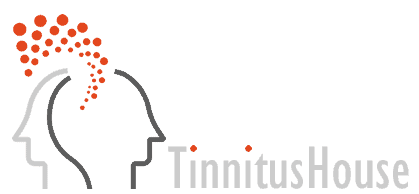Over Neuromodulatie
- De grootste groep patienten met Tinnitus is die waarvan de oorzaak gezocht moet worden in het gehoorverlies. De hersenen “vullen” als het ware de verloren gegane frequenties aan en creeëren zo een “fantoom-geluid” . Het is dan niet verwonderlijk dat er ook gezocht wordt naar mogelijkheden om de hersenen te vertellen dat niet meer te doen. Éen van de methodes is precies dat geluid toe te voegen dat de patient normaliter hoort en zo de hersenen via de oren te bedotten. Het probleem is echter om precies die frequentie te vinden die de tinnitus veroorzaakt. Dit is beschreven op de pagina “Audiogram on line”.
Een andere methode is direct in het brein aan te spreken met de enige vorm die het kent: elektromagnetische energie. - rTMS: repetitieve Transcraniële Magnetische Stimulatie waarbij bepaalde hersendelen worden gestimuleerd door het plaatsten van elektromagneten op de schedel
- TDCS: Transcraniale Direct Current Stimulation
- NVS: Nervus Vagus Stimulatie
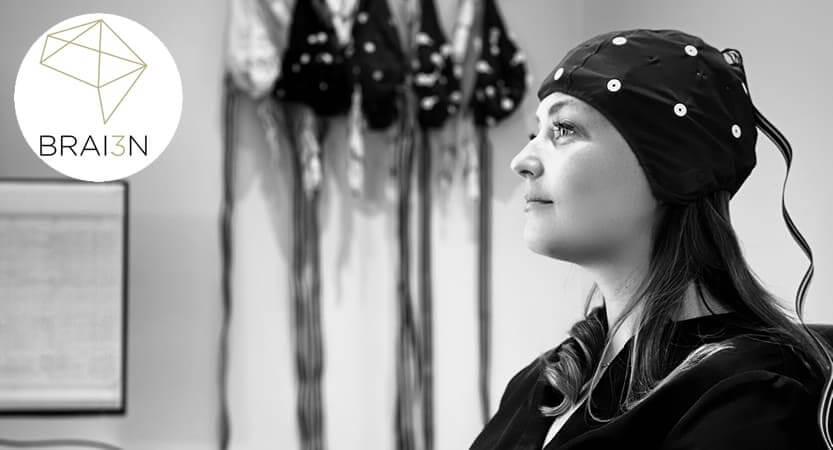
rTMS
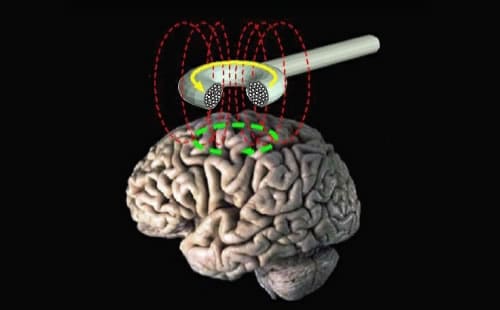
Bij transcraniële magnetische stimulatie (rTMS) is een niet–invasieve vorm van neuromodulatie waarbij en elektromagneet op de schedel geplaatst wordt die met kortdurende pulsen magnetische velden genereert. Het magnetisch veld veroorzaakt elektrische stromen die oppervlakkige corticale neuronen activeren. Deze techniek heeft als doel de activiteit van hersencellen te moduleren waardoor overactieve gebieden, die de tinnitus veroorzaken, worden afgeremd. Er is weinig risico op bijwerkingen wanneer repetitieve transcraniële magnetische stimulatie (rTMS) wordt gebruikt bij de behandeling van patiënten met tinnitus, maar anderzijds zijn de gepubliceerde resultaten sterk wisselend. Op basis van de gevonden literatuur en overige informatie is er nog onvoldoende bewijs voor de effectiviteit van rTMS als therapie voor tinnitus.
Het standpunt van de Nederlandse Vereniging voor Keel-Neus-Oorheelkunde, als beschreven in de “richtlijn tinnitus” is dan ook om rTMS niet aan te bieden als behandeling van tinnitus
En variant of deze rTMS si die waarbij extraduraal elektroden worden geimplanteerd die zorgen voor elektrische stimulatie over de auditoire cortex. De met een kabel verbonden elektrostimulator wordt in de buikwand van de patiënt geplaatst. Er zijn (experimentele) aanwijzingen dat rTMS een effect heeft op tinnitus maar er is meer onderzoek nodig om dit vast te stellen.
TDCS
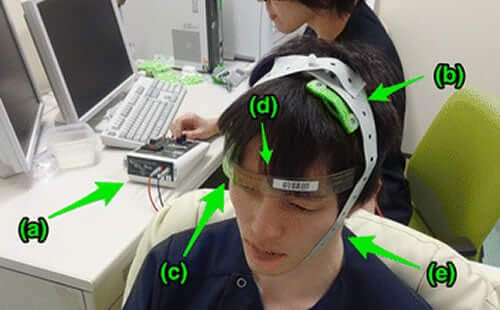
tDCS is een neuromodulatieve, niet-invasieve en pijnloze techniek waarbij het linker temporoparietale gebied wordt gestimuleerd door een zwakke elektrische stroom. In publicaties is beschreven dat patiënten die tDCS hebben ondergaan geen bijwerkingen hebben gerapporteerd (zoals hoofdpijn, nekpijn en verergering van de tinnitus). Er lijkt een positief effect van tDCS op de ernst van tinnitus te zijn, maar de ervaringen betreffen nog te kleine groepen patienten en te weinig herhaalde onderzoeken. Het standpunt van de Nederlandse Vereniging voor Keel-Neus-Oorheelkunde, als beschreven in de “richtlijn tinnitus” is dan ook om rDCS vooralsnog niet aan te bieden als behandeling van tinnitus
NVS
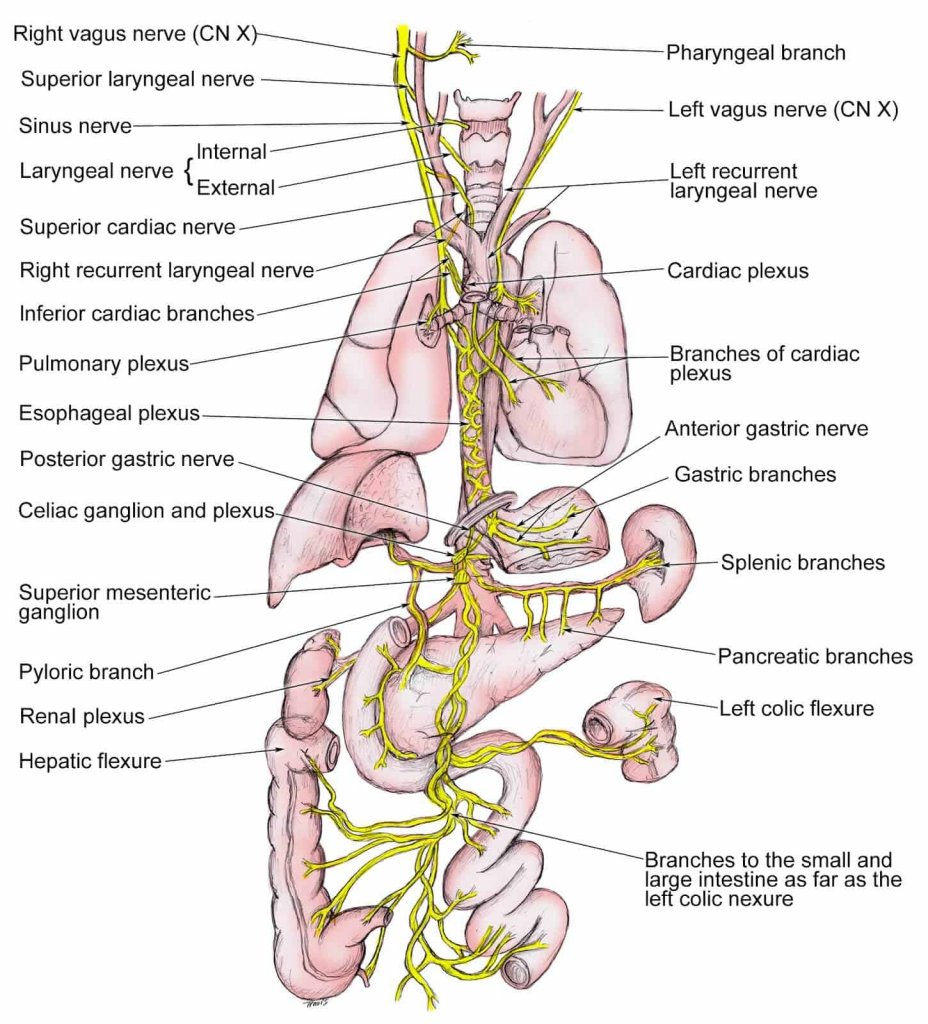
De nervus vagus is de tiende hersenzenuw. Hij behoort tot de twaalf craniale zenuwen of hersenzenuwen, die direct uit de hersenen ontspringen en niet uit het ruggenmerg. De zenuw bevat dalende als opstijgende banen, bestaande uit motorische vezels, gevoelsvezels , smaakvezels en vezels die behoren tot het onwillekeurig zenuwstelsel. De nervus vagus verzorgt delen van het hoofd – net als de andere hersenzenuwen – maar loopt ook naar de borst- en buikholte, waar hij zich in de ingewanden vertakt. Een verkeerd afgestemde hersenschors is één van de mogelijke verklaringen van het Tinnitus fenomeen dus zou het neuromoduleren door stimulering van één van de belangrijkste verzorgende zenuwen van het gehoorcentrum in de hersenen mogelijk verlichting kunnen geven. De eerste experimenten wijzen inderdaad in die richting. Een beschrijving van deze eerste experimenten vind je hier
Het feit dat de Nervus Vagus zo’n complexe zenuw is met opstijgende en dalende vezels met veel verschillende functies geeft meteen de problematiek aan: hoe kun je zo precies die vezels stimuleren die naar het gewenste gebied lopen, zonder vezels te stimuleren die andere organen verzorgen of ingeval van opstijgende vezels andere hersendelen stimuleren of beïnvloeden.
Toch zijn er mensen die al zulke zenuwstimulatie ontvangen. Weliswaar voor een andere indicatie ( epilepsie , depressie en migrainepatiënten) maar het basisprincipe is identiek, maar veel onderzoek is nog nodig,
